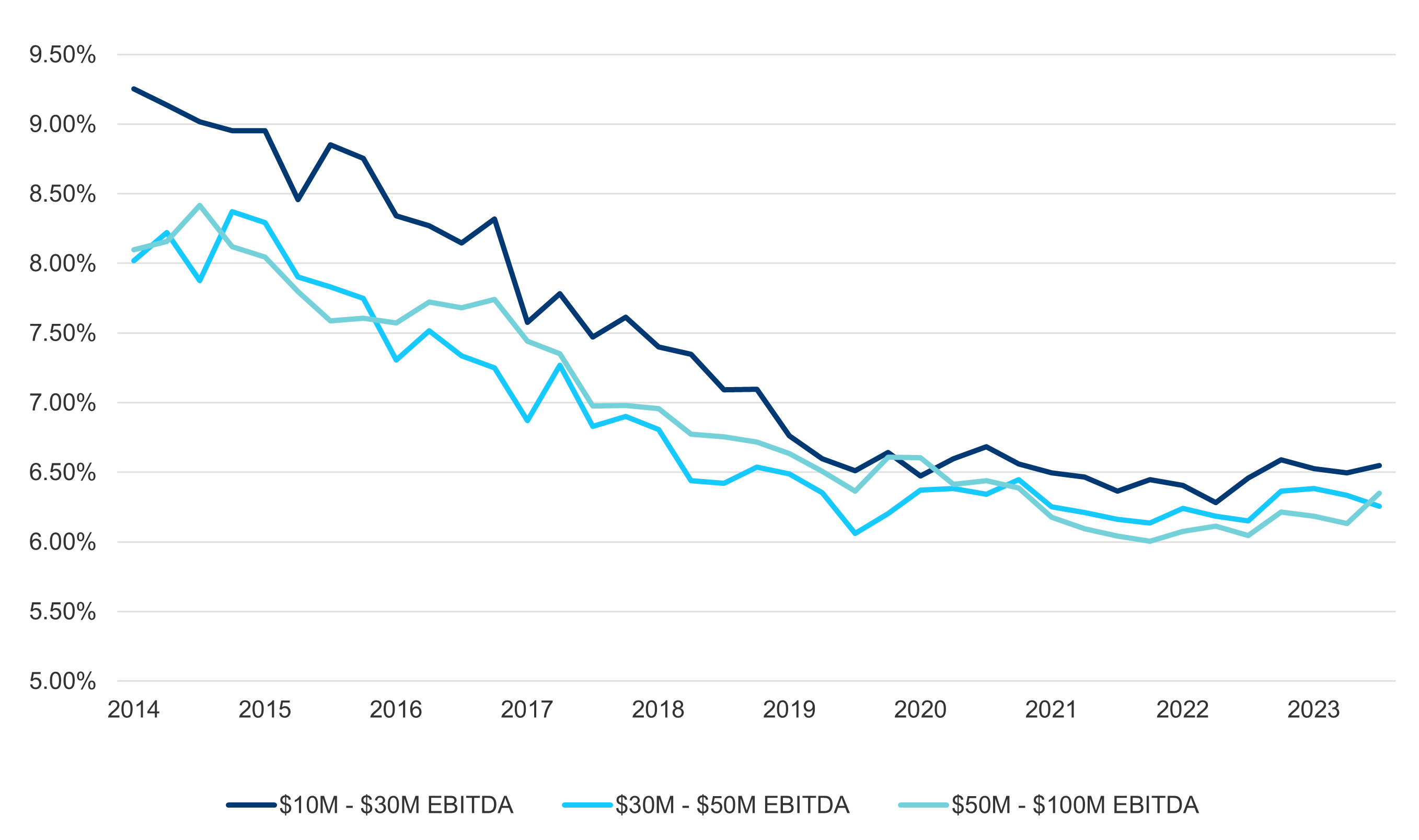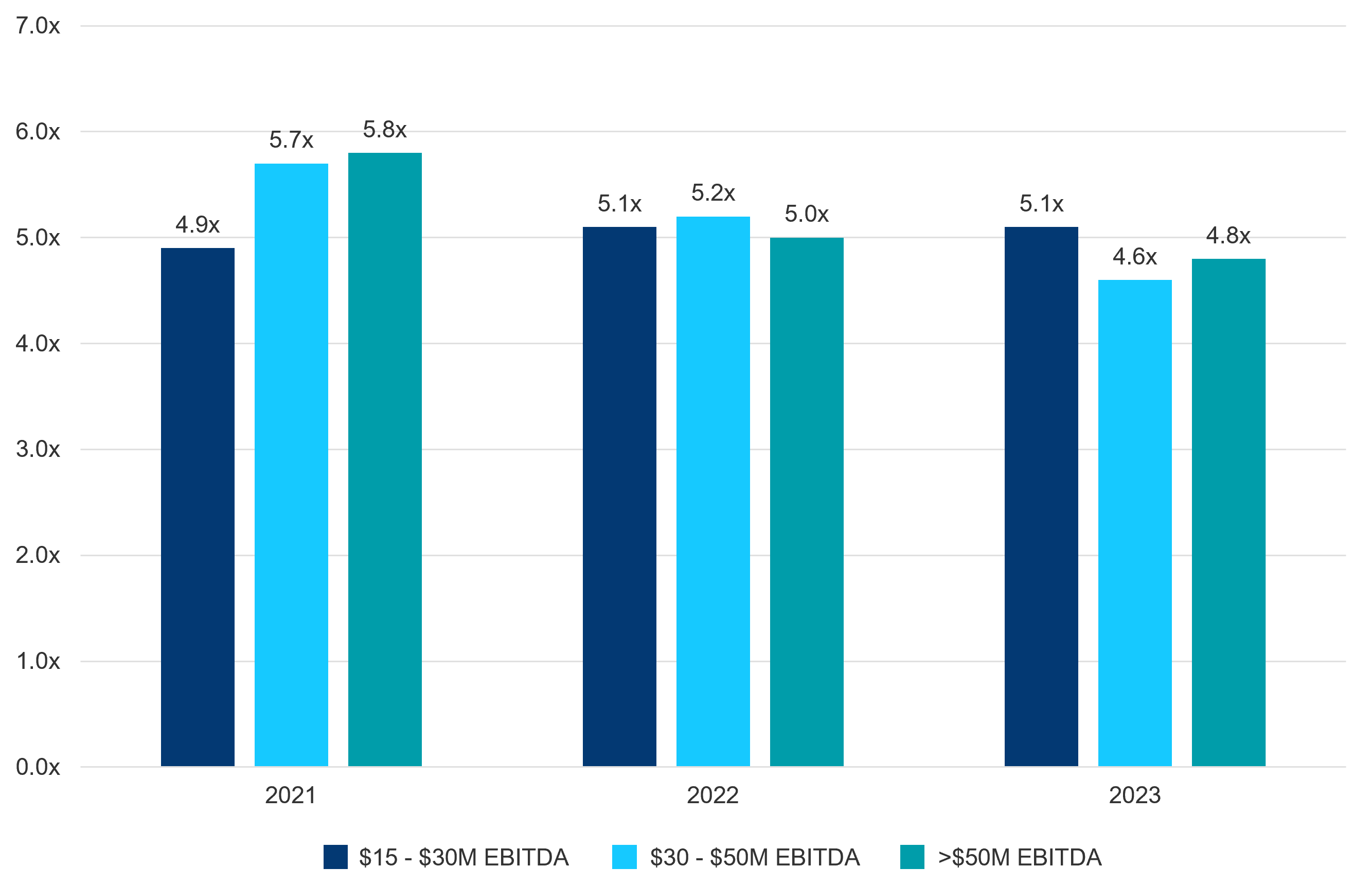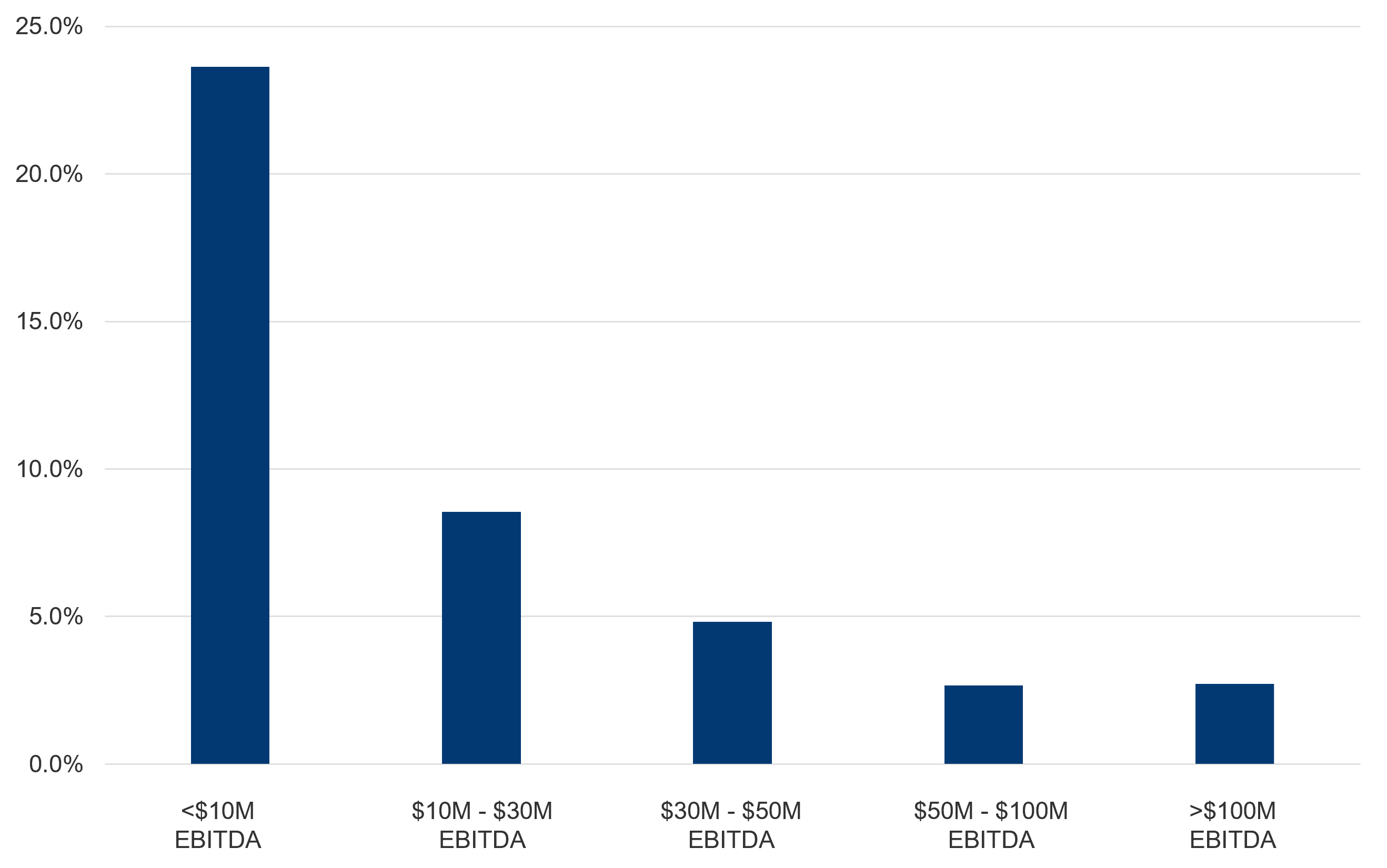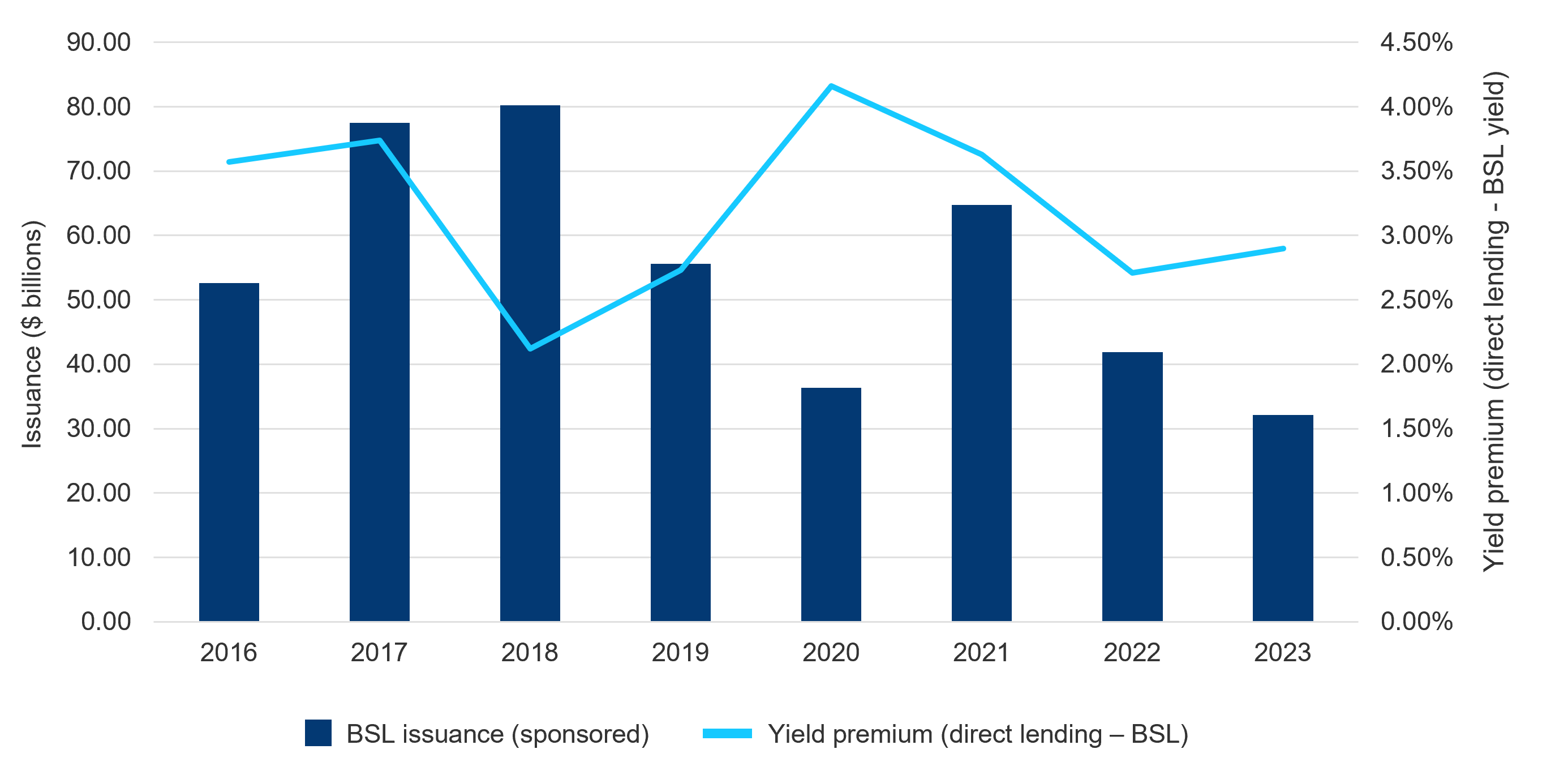
- About usToggle Submenu
- Why HarbourVestToggle Submenu
- Investment strategiesToggle Submenu
- Custom solutionsToggle Submenu
- Direct co-investmentsToggle Submenu
- Infrastructure and real assetsToggle Submenu
- Primary investmentsToggle Submenu
- Private creditToggle Submenu
- Secondary investmentsToggle Submenu
- Open-ended private market solutionToggle Submenu
- HarbourVest Private Investments FundToggle Submenu
- RelationshipsToggle Submenu
- CareersToggle Submenu









